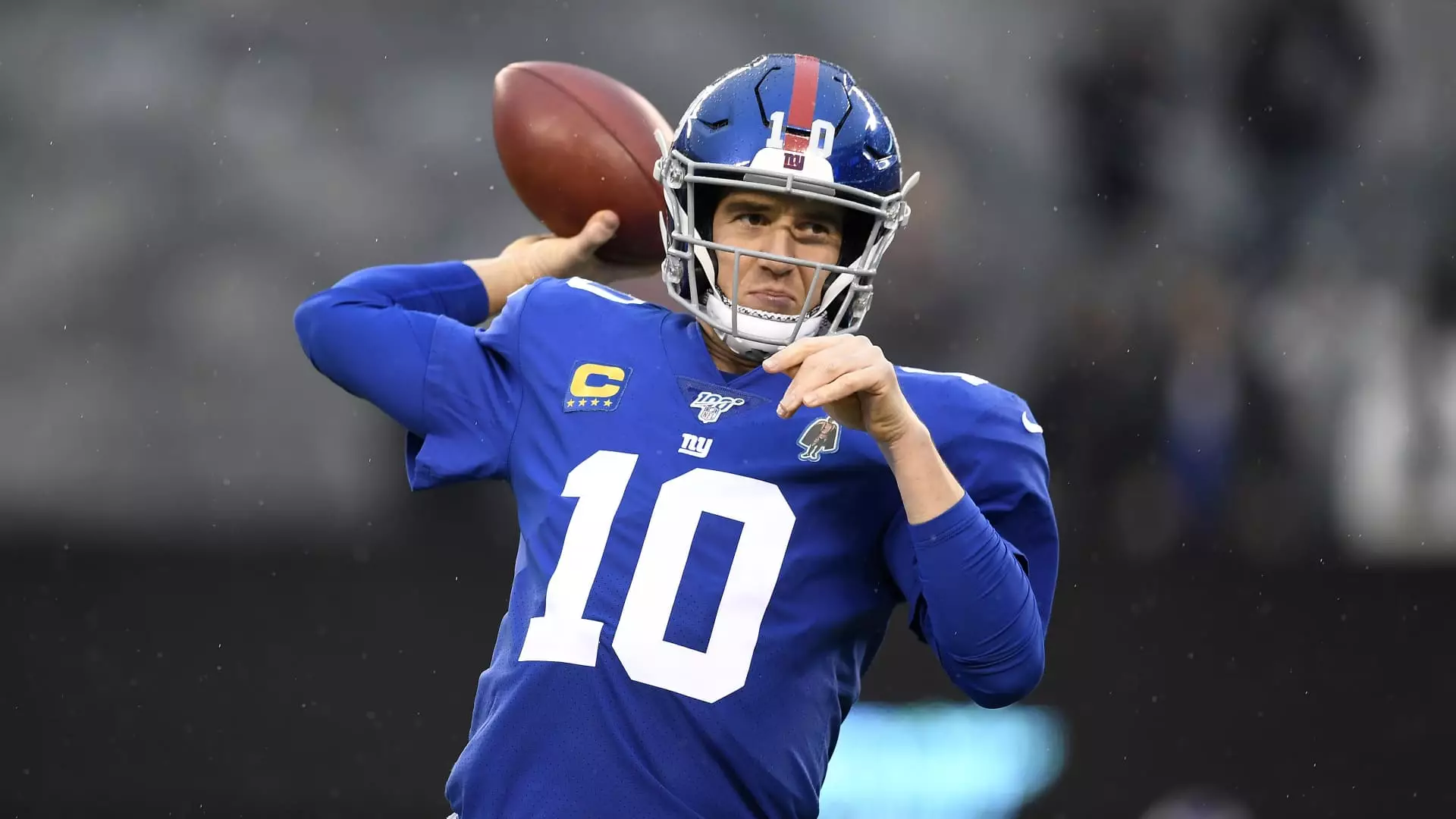In recent years, the NFL’s valuation boom has been portrayed as a sign of prosperity and economic vitality. Yet, beneath this shiny veneer lies a distorted perception of wealth and acquisitions, which often masks underlying issues of inflated asset bubbles and overstated dominance. Former Giants quarterback Eli Manning’s candid admission about being “priced out” of an ownership opportunity highlights a critical flaw—these valuations are increasingly disconnected from tangible, sustainable value. Manning’s assertion that a 1% stake at a $10 billion valuation is simply “too big a number” exposes a core reality: the league’s impressive figures are primarily a product of speculative exuberance. Such inflated valuations serve more as a reflection of investor confidence and branding than genuine economic strength, and they distort the true measure of a franchise’s worth or potential profitability.
Sky-High Valuations: Are They Just Airships Ready to Burst?
The rapid appreciation of NFL team valuations echoes a broader issue in our economy—assets being valued far beyond their intrinsic worth. The Giants’ valuation at nearly $8 billion, along with recent minority stakes in the Eagles and 49ers surpassing $8 billion, exemplify a pattern: investors are pouring money into these franchises driven more by Brand Power than line-by-line financials. The NBA’s Lakers selling for $10 billion further exemplifies this trend—these figures are astronomical, given the teams’ revenue streams and profit margins. This creates an illusion that owning a sports franchise is an impeccable hedge against economic turbulence, but in reality, these assets can become highly volatile once market sentiment shifts. Manning’s reluctance to participate in a market driven by such valuations reveals the dangerous bubble-like nature of these inflated prices.
The False Promise of Wealth: When the Dream Becomes a Costly Illusion
Manning’s decision to step back from purchasing a stake underscores a fundamental truth—great wealth in theory doesn’t always translate into practical, attainable opportunities. His commentary about the $10 billion valuation illustrating just how inaccessible such ownership stakes are for the average investor, let alone for high-net-worth individuals. Moreover, his citing of conflicts with his current roles—comments about potential interference with his broadcasting commitments—underline a broader reality: the pursuit of such investments is fraught with hidden costs and complexities, often overshadowed by the allure of prestige. For many former players and investors viewing the league as an emblem of patriotism and prosperity, these inflated valuations are misleading, creating a false sense of opportunity in a market increasingly driven by speculation rather than sustainable business fundamentals.
The Illusion of Control in a Market Predicated on Power and Prestige
The NFL owners’ landscape is wrapped in layers of prestige, legacy, and power, elements that are intimately interwoven with their valuation. The Mara and Tisch families, longstanding custodians of the Giants, illustrate that ownership isn’t just about profit—it’s about legacy and influence. The recent moves by private equity and billionaire investors showcase a reinforcing trend: increasing participation by wealthy outsiders, drawn more by the brand than the bottom line. Manning’s expressed disinterest in investing signals a critical stance—perhaps a recognition that these valuations, though tempting, ultimately serve only to inflate the perceived value of power rather than produce real economic growth. His involvement in other ventures suggests that true wealth for individuals like him lies outside the inflated bubble of NFL valuations, representing a pragmatic retreat from overhyped assets.
The Real Outlook: Are We Pandering to Illusions?
The overarching narrative here is that the public perception of success and wealth is largely a constructed illusion—one that benefits wealthy elites and perpetuates inflated expectations of growth. Manning’s refusal to buy into this hype demonstrates a rare critical perspective, but it also underscores the broader failure of the market to distinguish between real value and speculative surrogates. The legislative changes allowing private equity stakes indicate an environment ripe for further inflation, yet these measures lack safeguards against inevitable corrections. If history teaches us anything, it’s that bubbles—whether in real estate, tech, or sports franchises—burst eventually, leaving investors, teams, and communities to pick up the pieces. Manning’s commentary is a sobering reminder: what appears to be a sign of prosperity can often be a mirage—one built on overpriced assets and unreal expectations.

